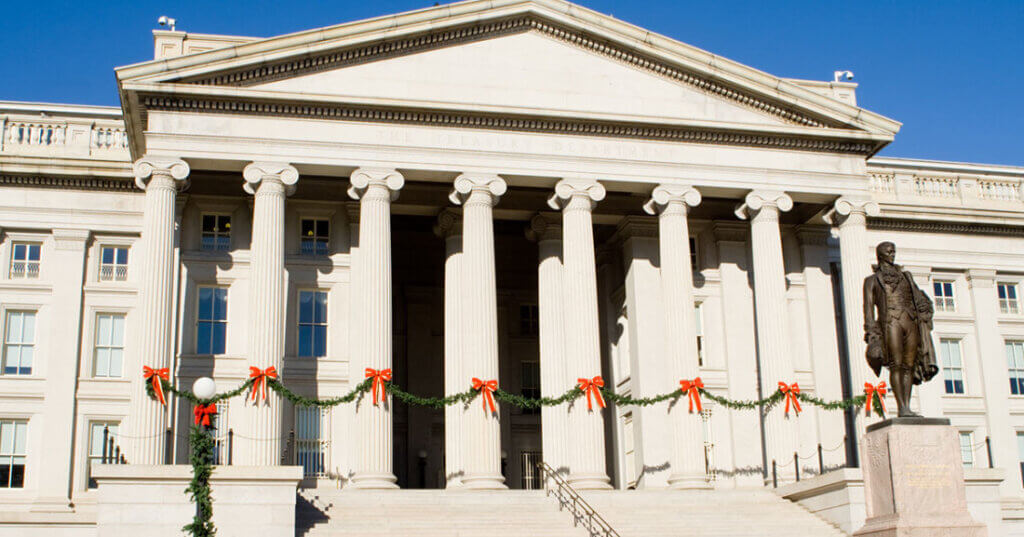
Just in time for the season most associated with gifting, the Treasury and the IRS released proposed regulations that will prevent the recapture of additional taxes on the increased basic exclusion amount (BEA) used for gifts made from 2018 through 2025.
The perceived problem that is addressed was created by the temporary relief provided by the 2017 Tax Cuts and Jobs Act (TCJA). The TCJA doubled the BEA to $10 million, but only through the end of 2025.[1] This left uncertain how taxable gifts made from 2018 through 2025 would be treated in 2026 and thereafter. It was not clear whether the IRS would respect the higher BEA in place at the time gifts had been made, or if it would “claw back” the excess, denying taxpayers the full benefit of the higher exclusion amount applied to previous gifts. While that outcome seemed unlikely, the possibility of retroactive adjustment was a detriment to comprehensive wealth transfer planning.
In a move that benefits taxpayers and removes uncertainty, the newly proposed regulations reject the clawback approach. These regulations would provide a special rule that allows an estate to compute its estate tax credit using the higher of the BEA applicable to gifts made during life or the BEA applicable on the date of death.
The IRS provided the following example to illustrate the mechanics of the proposed change:
Individual A (never married) made cumulative post-1976 taxable gifts of $9 million, all of which were sheltered from gift tax by the cumulative total of $10 million in basic exclusion amount allowable on the dates of the gifts. A dies after 2025 and the basic exclusion amount on A’s date of death is $5 million. A was not eligible for any restored exclusion amount pursuant to Notice 2017-15. Because the total of the amounts allowable as a credit in computing the gift tax payable on A’s post-1976 gifts (based on the $9 million basic exclusion amount used to determine those credits) exceeds the credit based on the $5 million basic exclusion amount applicable on the decedent’s date of death, under paragraph (c)(1) of this section, the credit to be applied for purposes of computing the estate tax is based on a basic exclusion amount of $9 million, the amount used to determine the credits allowable in computing the gift tax payable on the post-1976 gifts made by A.[2]
Before these proposed regulations are adopted as final regulations, the IRS and Treasury Department will consider all written or electronic comments submitted by February 21, 2019. On March 13, 2019, a public hearing will be held. The agencies will then decide whether to finalize the rule and when it will take effect.
We will monitor future developments, but this proposal is a good sign for those looking to optimize tax-efficient wealth transition through lifetime gifting.
[1] Note that the BEA is adjusted for inflation, so in 2018, it is $11.18 million.
[2] Estate and Gift Taxes; Difference in the Basic Exclusion Amount, 83 Fed. Reg. 59343, 59347 (proposed November 23, 2018) (to be codified at 26 C.F.R. pt. 20).

